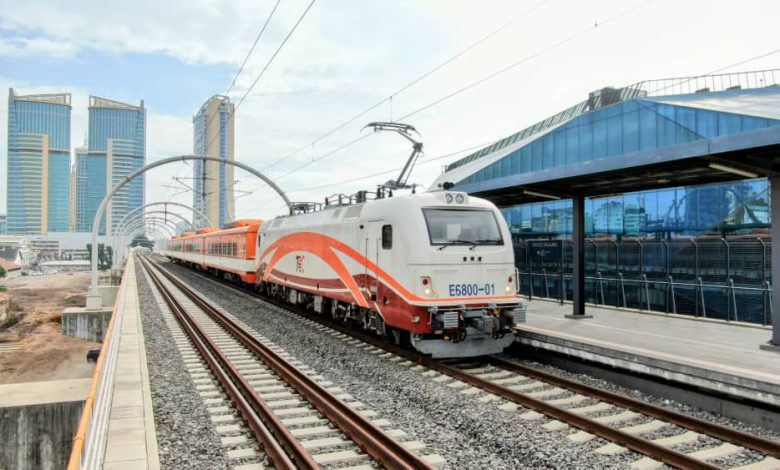This article analyses Tanzania’s economic performance using official data from the EAC Statistics Bulletin (July–September 2024) and other recent publications by the East African Community Secretariat. It compares Tanzania to its regional peers across inflation, GDP growth, fiscal indicators, trade performance, and sector contributions to growth.
Tanzania in Comparison with Other EAC Economies
Based on the EAC Statistics Bulletin (Q3 2024):
-
Inflation
Tanzania’s inflation rate stands at approximately 3.0%, well below the EAC average of 6.7%. This level of price stability supports consumer confidence and investment planning. -
GDP Growth
Tanzania recorded GDP growth of around 4.5%, compared to Rwanda at 6.1%, Uganda at 3.8%, and Burundi at 2.4%. Growth is driven by agriculture, services and manufacturing. -
Fiscal Balance
Tanzania’s fiscal deficit is close to the EAC Monetary Union convergence target of below 3% of GDP. Kenya and Burundi face comparatively higher deficits.
Alignment with EAC Economic and Monetary Union Goals
Tanzania is progressing toward the region’s economic convergence criteria in three key areas:
-
Inflation management below the 5% ceiling
-
Fiscal deficit kept near the EAC threshold
-
Adequate foreign exchange reserves
These indicators support future participation in the proposed EAC Monetary Union.
Where Tanzania Leads Compared to Regional Peers
Areas where Tanzania leads:
- Agriculture
Tanzania benefits from strong crop diversity, a larger arable land base and export potential, positioning it well for food security and agro-processing within the EAC.
-
Trade Balance
Tanzania has narrowed its trade deficit more consistently than Uganda and Kenya, supported by mineral and agricultural exports.
Areas Needing Acceleration:
- Industrialization
Manufacturing output still trails Kenya. Investment in value addition, special economic zones and technology is needed to improve competitiveness.
-
Financial Services Sector
Tourism is strong, but fintech and capital market development lag behind Rwanda and Kenya. Digital financial services remain an opportunity area.
Policy and Investment Implications
For Policymakers
Maintaining low inflation and fiscal discipline should remain priorities. To close the growth gap with Rwanda, investments in infrastructure and economic diversification are needed.
For Investors
Tanzania’s macro-stability offers opportunities in agriculture, logistics, light manufacturing and exports. Moderate inflation and stronger trade performance reduce risk exposure.
For Stakeholders
Efforts to reduce the deficit should focus on productive spending rather than austerity. Productive sectors with high multiplier effects should be prioritized.
Conclusion
Tanzania shows strong performance in inflation control, fiscal stability and trade balance improvements compared to other EAC peers. Industrial transformation and financial sector growth remain areas to watch. Continued convergence with EAC integration targets will depend on policy continuity, technology adoption and deeper regional cooperation.
Data referenced is sourced from the EAC Statistics Bulletin (July–September 2024) and related EAC statistical publications.

